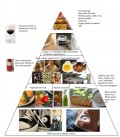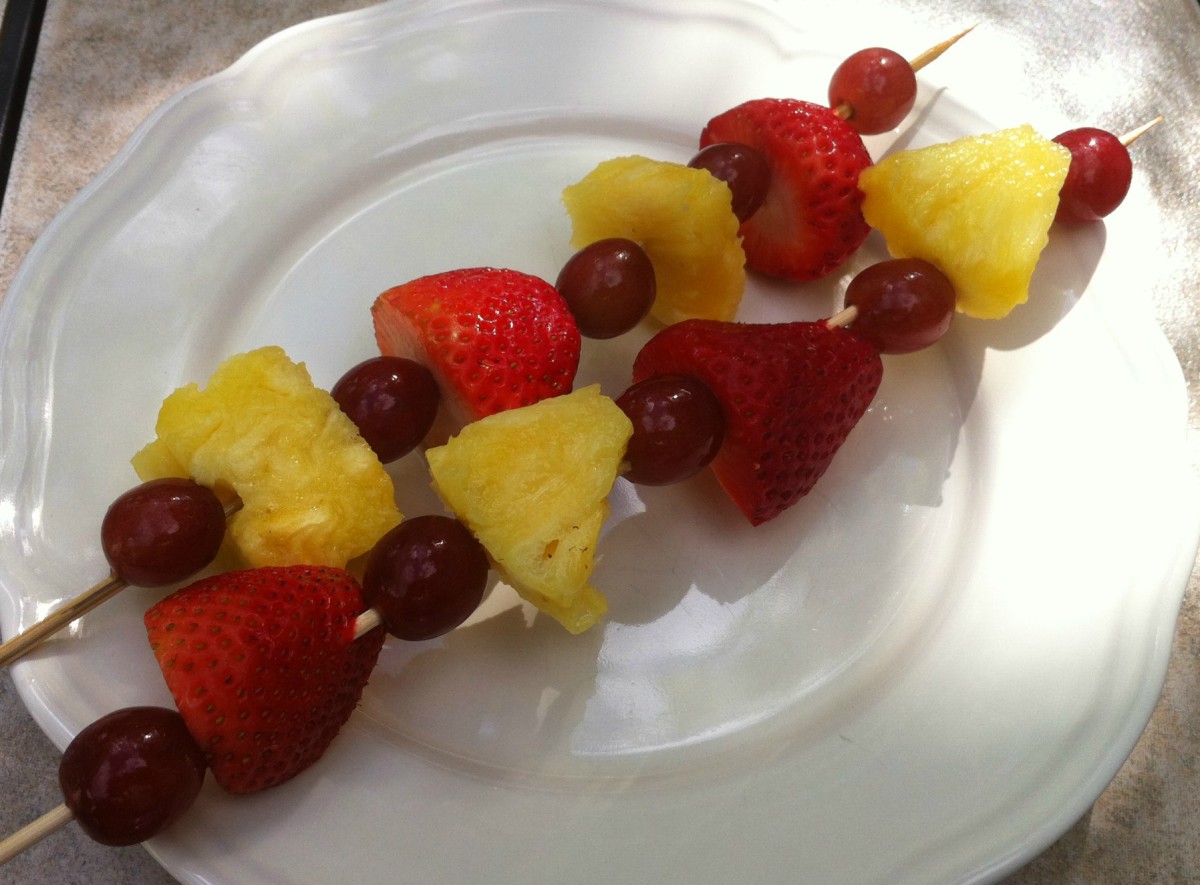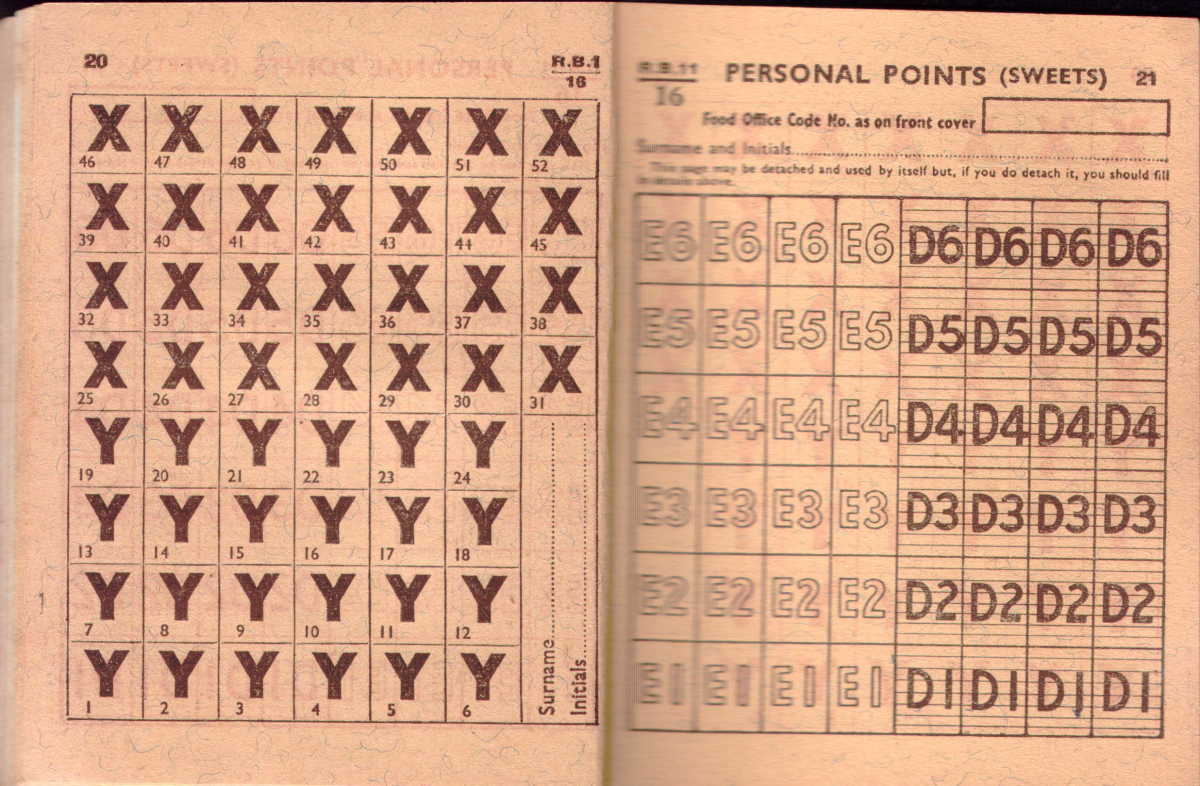Healthy eating tips for kids
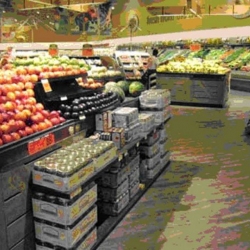
Teaching healthy eating can be fun when the kids are part of the process
We deal with a picky eater who prefers carbs and dislikes any type of meat. When he was six, we started teaching him to read labels. Some people thought that he was too young to learn what the labels meant but that was not true. Children are incredibly smart and if learning something is fun, they will pick it up very quickly.
There are two reasons to teach children how to read labels and to make good choices. Childhood obesity and diabetes are on the rise and if we don't make a conscious effort to teach our children how to eat better, they are at risk. Secondly, the food industry spends a lot of money marketing their products to our kids. Kids are bombarded daily with a barrage of ads directed at them to buy, buy, buy. Watch the kids in the stores where product placement is everything. All the good sugary stuff is at their eye level. If you set limits on sugar content, you have won half the battle.
I wrote two How-to's several years ago to share what we did to stop the mealtime battles. The links are below but it has been four years and we have learned so much more. Teaching children to eat healthy is not hard and can be more fun than you might expect. Here's what we did.
Don't sell them short!
Kids are smarter than we think. Eating healthy starts early and children as young as six can learn to read labels.
Teaching healthy choices at the grocery store
Believe it or not, the smallest child can be taught to recognize the word sugar on the package nutritional label. While the labels cannot be considered accurate, they are a great place to start. So at 7-yrs-old, our child was given a limit on sugar for cereals. Plan to spend some time while they find one that is equal to or less than the guideline. Most of the time he will pick Cheerio's because that have 1 gram of sugar and the serving size is 1 cup. At other times, he might pick a more sugary cereal where the serving size is smaller.
For other items like cereal bars, we set the limit for sugar at 12 grams but only if it has 3 or more grams of fiber. As he got older, we raised the bar on the nutritional guide so now we look for carbs and fat content as well. For a while it was difficult for him to find things he liked that met our limits but the manufacturers are getting better at providing healthier alternatives.
Now that he is 10-years-old, we do not argue about snacks. He has learned that items like chocolate bars are 2 servings and he has to double the amount of all the items. His math skills allow him to determine what is allowed and what is not. We have at times come home with something that he just has to have, only to be disappointed when it is physically broken down into serving sizes. The next time, he picks something that gives him more of what he wants. He has learned that all yogurts are not equal and that there is a very big difference. He now picks the low-fat or non-fat yogurts and appreciates that the serving size is one.
We allow him to pick his own snacks and lunch items. Always mindful of the guidelines, he is a pretty savvy shopper. There are times where we relent and allow a little more leeway but only for special occasions.
What he likes best is making food at home. This is where the science experiments come in. It is amazing how shocked they are the first time they add a cup of sugar to anything. It makes quite an impression. Add butter and some of the higher fat content items and they begin to see what they are really eating. Not that it would stop him from eating anything with sugar but at least he is aware of it.
The whole point of teaching our child about the nutritional labels is so that long before they do their own shopping, they are already good consumers. They will know that while labels are not always accurate, they are the closest guide we have to picking healthier foods.
Picky eaters do not like food mixed together - Our favorite cookbook ever!!

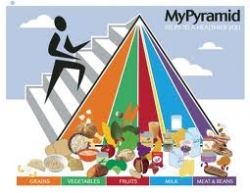
Teaching healthy choices at mealtime
Reading labels and picking the right foods doesn't end at the grocery store. As our child discovered, 1 cup of cereal is not enough and ten bowls of cereal a day is not healthy either. This is when they learn to put together the foods and when portion control and serving sizes makes it more difficult.
While we no longer battle at the grocery store, we refer to the USDA Choose my plate page. The source is below in the resources. They have done away with the food pyramid.
Why can't we have macaroni and cheese with toast? Because both of them are grains and are more carbs although both have things our bodies need. With the USDA guide we check to see what is considered a healthy serving. We discuss how carbs are converted into sugar in the bloodstream. We use the Department of Agriculture's guidelines to make good decisions.
The American Diabetes Society used to have a very good tool called "Rate your Plate" to teach portion control but apparently it has been upgraded. Still, there is a copy below to show the proper portion control.
Here is where we do most of our experimenting in the kitchen. The Internet is full of fun foods that kids can create that are healthy. Food does not have to be boring, especially for children who are picky eaters.
Need a reference for the Food Pyramid?

American Diabetes Society
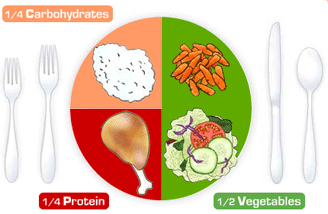
Rate your plate quiz that the kids might enjoy
- Rate Your Plate
Check out your eating habits. - Serving portions
Put these items on your kid's plate for visual portion control. Show the kids portion control. Cheese – 1 once = 4 dice, Rice – ½ cup = Half a baseball, Bagel – 4 ounces = Hockey puck, Meat – 3 ounces = Deck of card
Helpful resources
- USDA Choose my plate
Read about the food pyramid - American Diabetes Association for parents and kids
Not just for kids with diabetes but helpful info for parents and kids on eating healthy.



